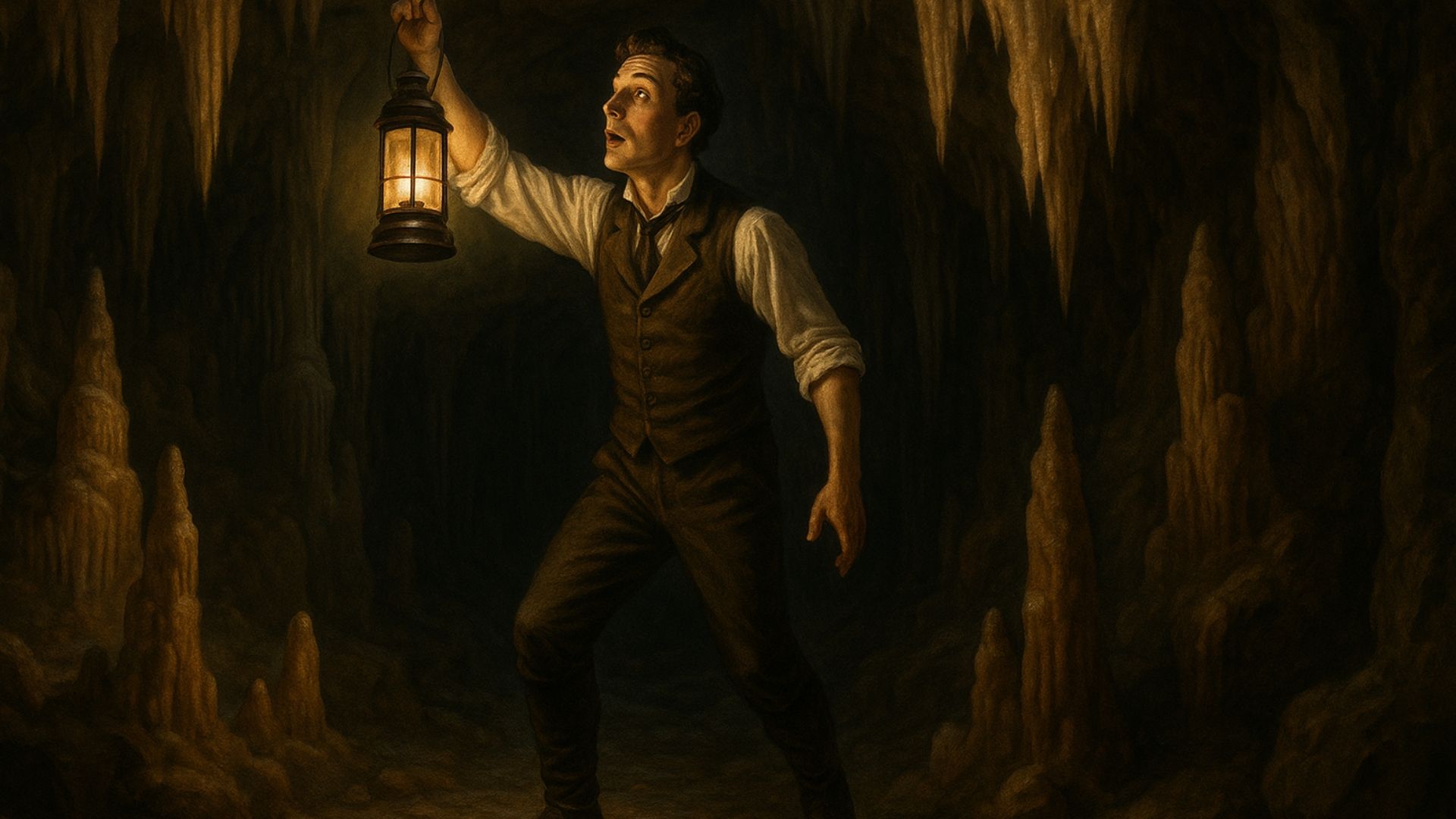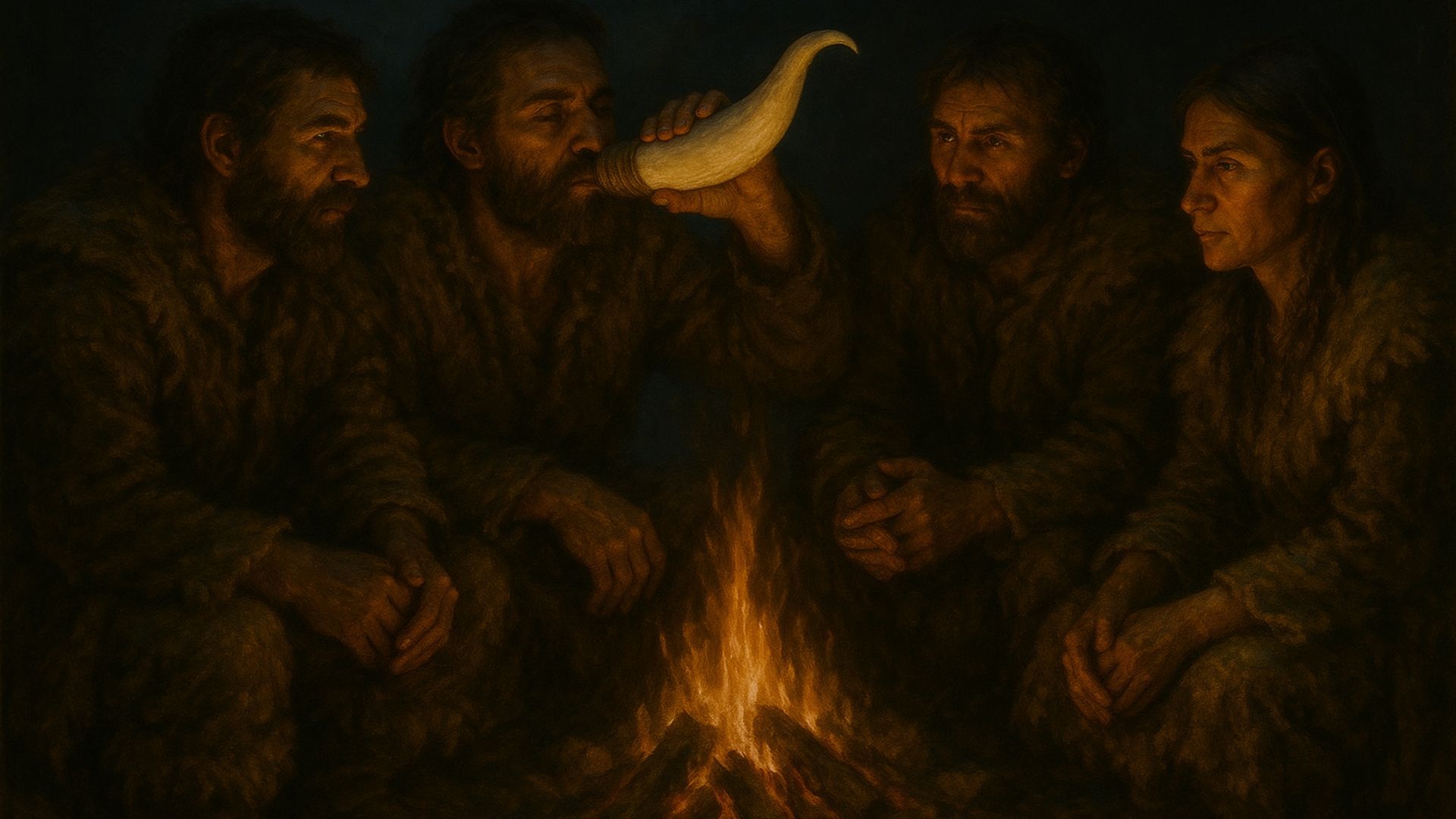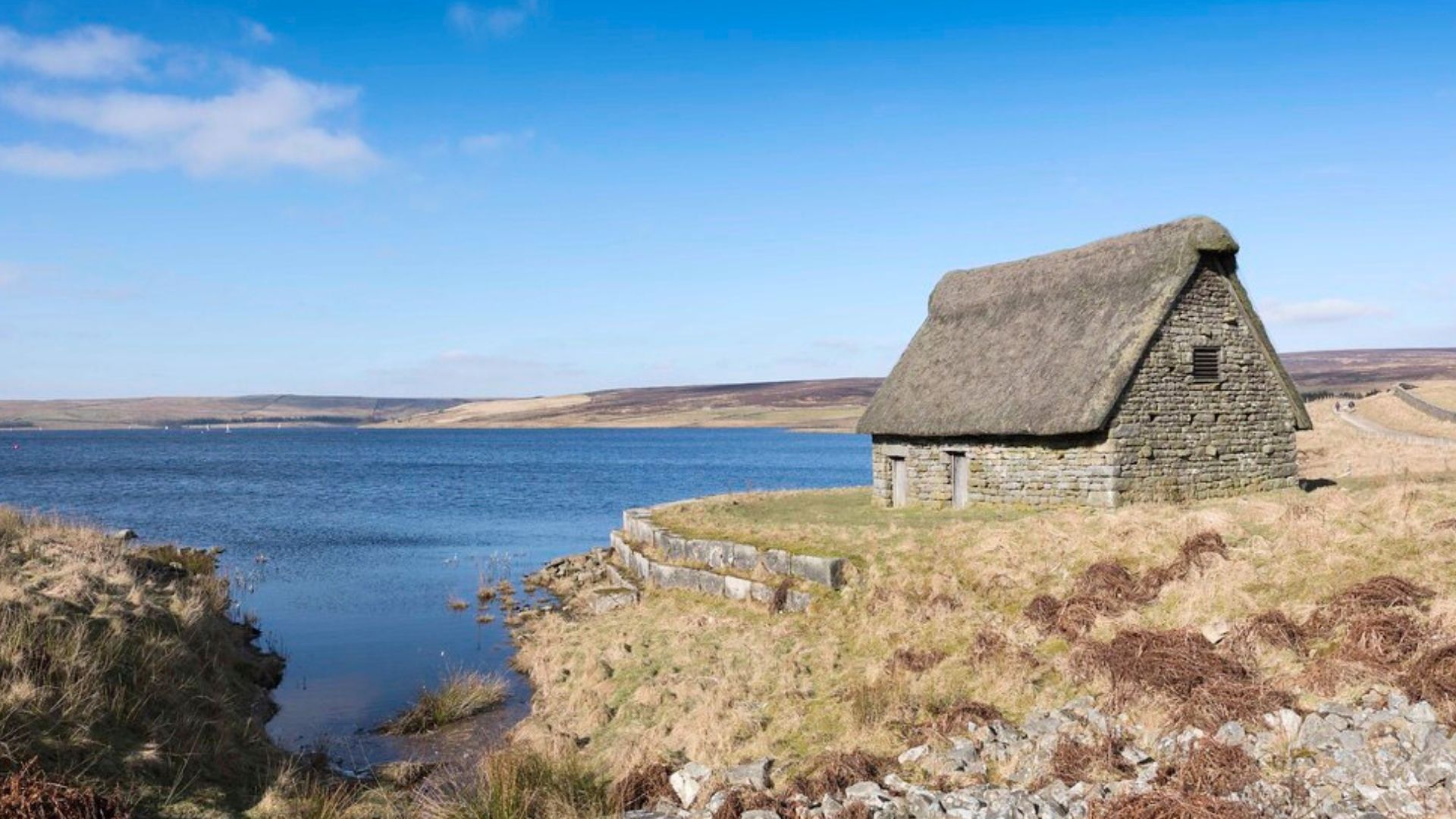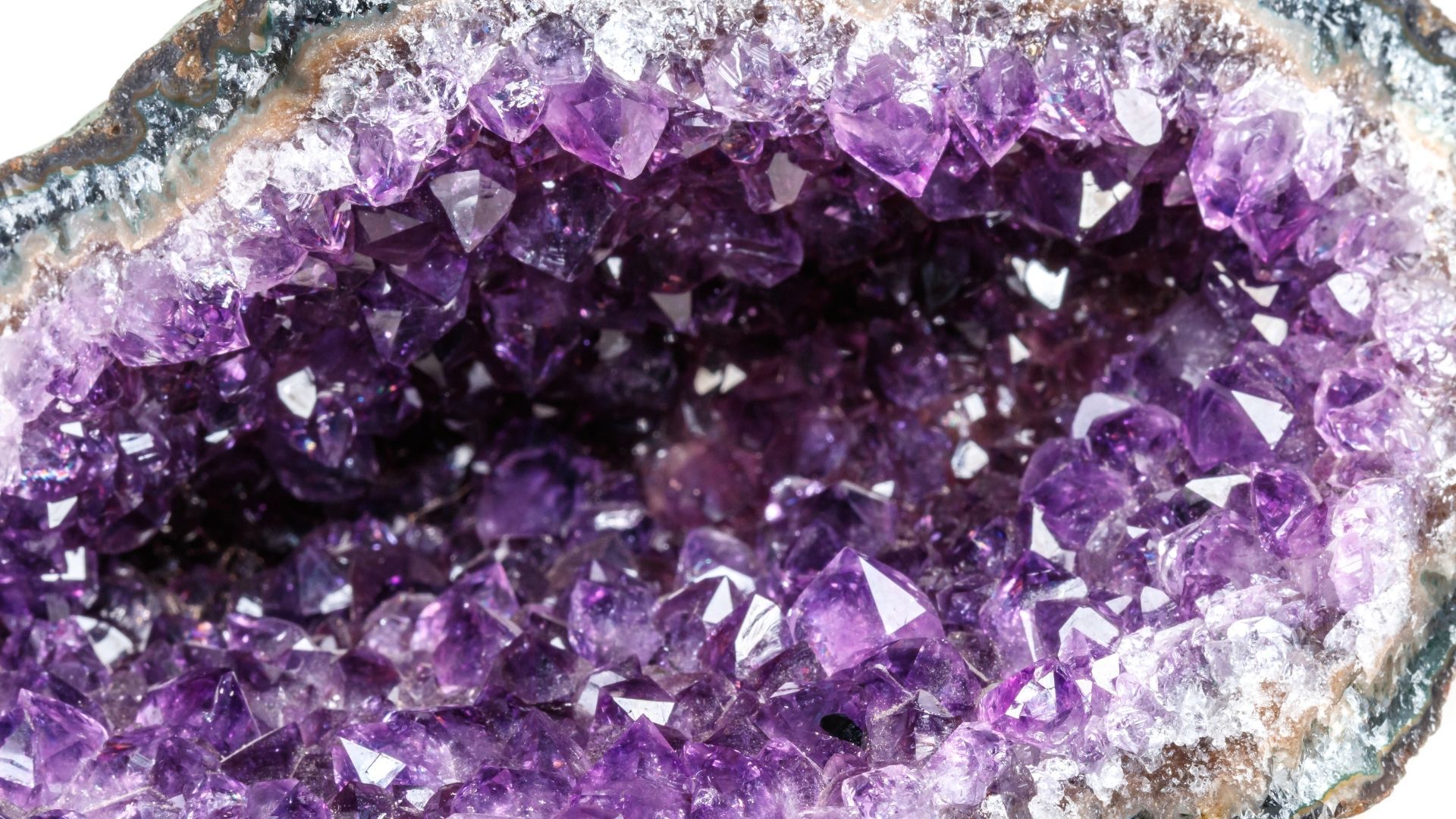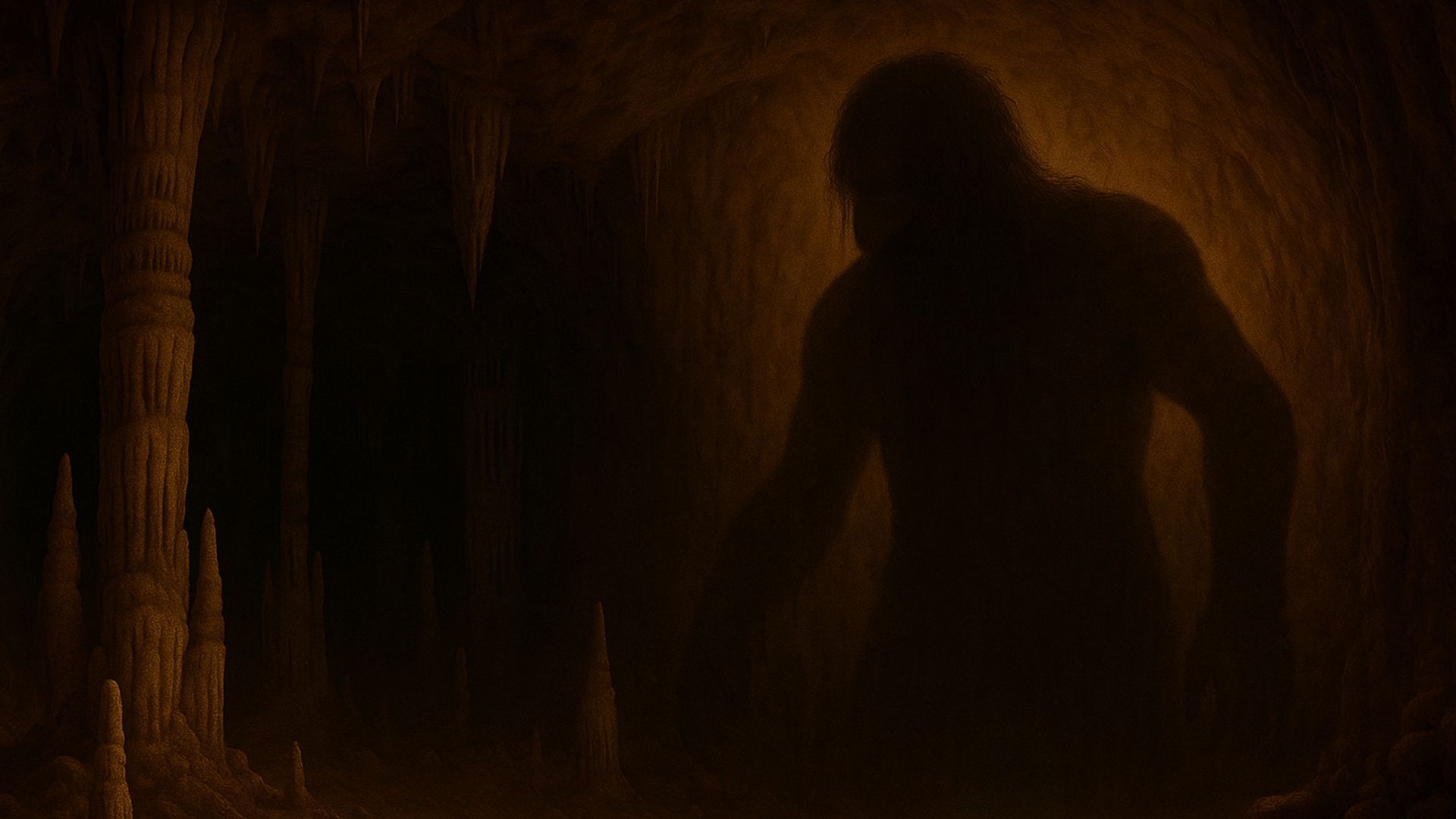Looking for a gemstone rarer than amethyst or quart? Explore 7 of the rarest from around the world.
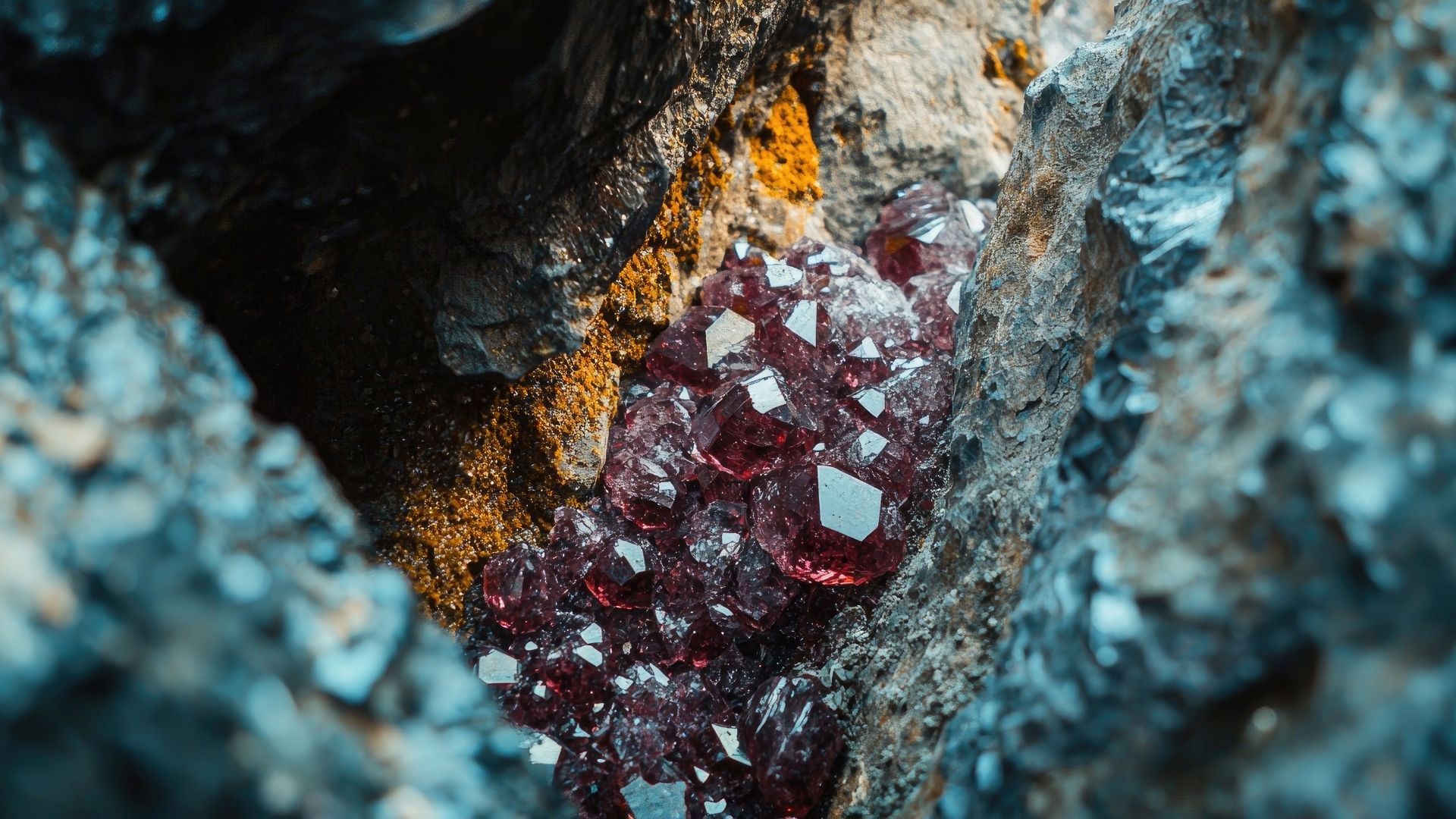
Go to any jeweller's or gemstone shop and you're bound to see some classic stones. No collection is complete without diamonds, rubies, sapphires, emeralds, amethysts and quartz.
For the connoisseur, however, this is just the tip of the iceberg. The world is filled with gemstones famed for their rarity and beauty – not to mention their correspondingly high prices.
Some of these gemstones are in their hundreds. Some are sought-after – or admired from a distance – because they're one-offs.
It's a fascinating topic that covers every continent and every colour of the rainbow. Are you ready to explore seven of the rarest gemstones in the world?
1. Painite
Once upon a time, Painite was given the accolade of rarest gemstone in the world by Guinness World Records.
That entry is no more, but there are still only a few hundred specimens of Painite dotted around the globe. The biggest, weighing around 50 grams, is in London's Natural History Museum.
Most of them were found in Myanmar. It was here that the first specimen was discovered in the 1950s by Arthur C.D. Pain.
Its brilliant reddish-brown appearance makes it a sought-after mineral for wedding rings and pendants.
2. Black opal
Not all opals are rare. The world of opals, in fact, is split into two camps. On the one hand, you have common opals. On the other, precious opals.
An opal is classed as precious when it displays "play of colour". This is when a gemstone flashes under light.
Even among precious opals, black opals are rare. They're mainly found in Australia and the Virgin Valley in the USA.
The town of Lightning Ridge in New South Wales, Australia, is a black opal hotbed. It was there that the largest black opal in the world was found.
Known as "the Sea of Opal", it weighs over two kilograms or 11,000 carats. It takes its name from its fish-like patch of blue and seaweed-like flash of green.
3. Poudretteite
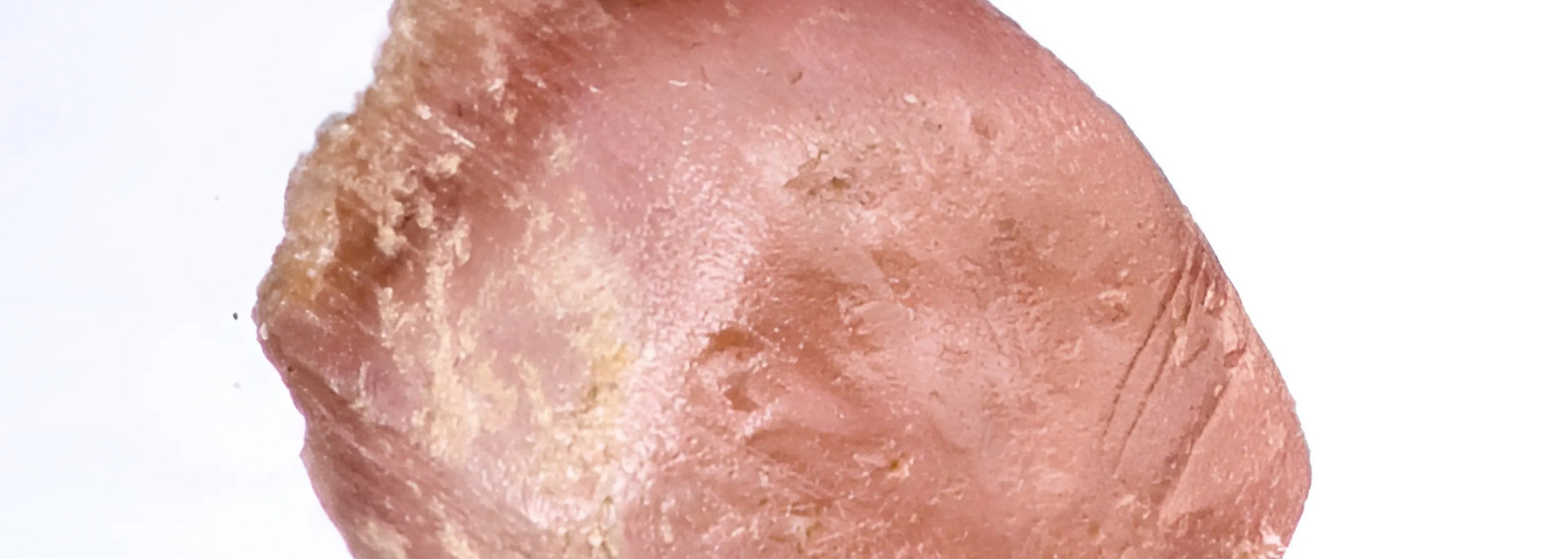
You might think that poudretteite is powdery, given that poudre is the French word for "powder". In fact, it's a glassy, brittle stone that ranges from colourless to light pink.
It gets its name from the Poudrette family in Quebec, Canada. In the 1960s, tiny poudretteite crystals were found in their quarry in Mont St. Hilaire.
It wasn't until the 1980s that poudretteite was recognised as a mineral. And it wasn't until 2000 that an actual gem was found – some 7,000 miles away in Mogok, Myanmar.
One of the finest specimens, also found in Myanmar, now lives in the Smithsonian National Museum of Natural History in Washington, DC. It could well be the largest in the world.
4. Tanzanite
Formed hundreds of millions of years ago, tanzanite is rare for a reason. It's only found in a seven-by-two-kilometre mining area in the Simanjiro District of Manyara Region in Tanzania, East Africa.
Straight out of the ground, tanzanite isn't much to look at. But once its reddish-brown "veil" is removed, it radiates blue, violet and burgundy.
Its colours are immediately impressive. But different colours can be brought out under different kinds of light. Fluorescent light brings out the blues, while incandescent light makes the violets sing.
The
world's biggest tanzanite was found in a mine in Tanzania on June 24th 2020. It weighs a whopping 46,350 carats – that's about nine kilograms!
The government bought it off the mine owner Saniniu Laizer for 7.7 billion Tanzanian shillings (around 2.6 million pounds). Laizer said he would give 10% to his workers and spend the rest on a local school and shopping centre.
5. Red beryl
Red beryl is a much-sought-after variety of beryl – and one of the rarest minerals on Earth. It's said to be a thousand times rarer than gold.
Red beryl has gone by many names. It was first discovered in 1904 by Maynard Bixby in the Wah Wah Mountains of Utah, USA. Some years later, it was named "bixbite" after him. This name lost its lustre, however, thanks to its similarity to another mineral named "bixbyite".
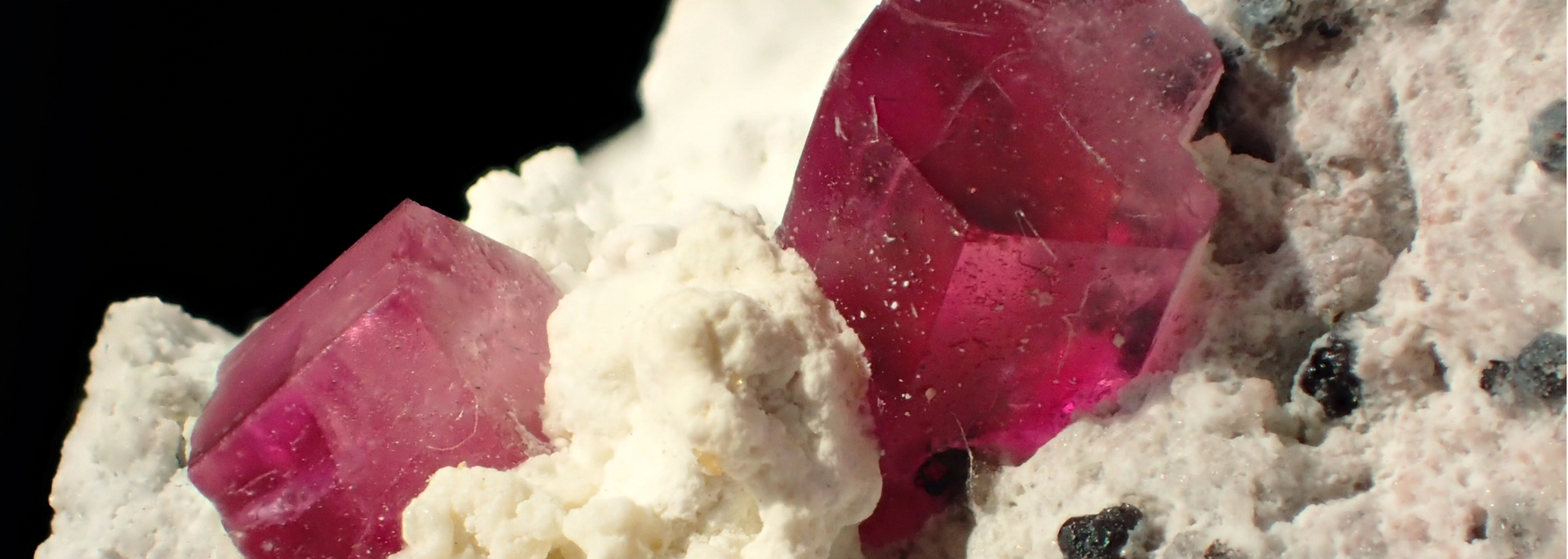
Today, red beryl is sometimes marketed as "red emerald" or "scarlet emerald". Most specimens are less than a centimetre long. They come in a variety of shades: from strawberry to cherry, from bright ruby to orange.
Like tanzanite, red beryl is geographically limited to one area – in this case, the southwestern states of the USA.
6. Jadeite
Some gemstones come in just one colour. Jadeite is one of those rare stones with a spectacular range of colours: white, various shades of green, pink, lavender and even dark green to black.
Most often found in green and white, jadeite is the principal material of the precious stone jade.
Pretty much all the gem-quality jadeites in the world come from northern Myanmar. Other deposits have been found in the Alps, California, Guatemala, Japan and Russia.
Even more fascinatingly, jadeite was used as far back as the Stone Age. We know this thanks to the unearthing of 180 jadeite axeheads dating from the Neolithic era (10000 to 2200 BCE).
Archaeologists believe these axes were non-utilitarian. This means they were used for decoration, status or show rather than everyday use. Today, jadeite is no less prized.
7. Musgravite
Musgravite is the rare child of a rare family. It's named after the Musgrave Ranges in South Australia, where it was discovered in 1967.
Between 1967 and 2005, only 20 musgravites were found. Since then, small amounts have been found in Antarctica, Greenland, Madagascar, Sri Lanka and Tanzania.
Its specimens are mostly grey-green or olive. There are, however, musgravites in purple and blue-green. Some are nearly colourless.
Because of its rarity, musgravite costs a pretty penny. Prices begin at $6,000 for a carat. That's just 0.2 grams.
Do you love gemstones as much as we do? Here at Stump Cross Caverns, we run regular educational workshops – including Crystal Wonders, an exciting exploration of all things shiny and sparkly. Want to join in on the fun?
Book your spot at our next all-ages workshop today.


